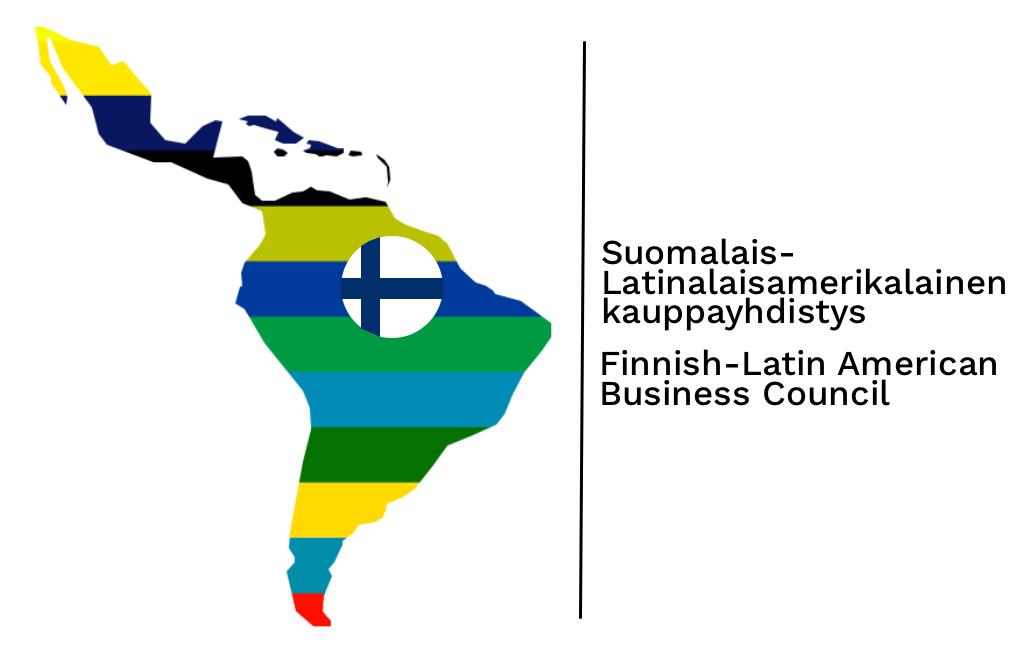Bolivia develops its forestry and mining sectors
Bolivia is located in Western-Central South America. It is bordered to the North and East by Brazil to the Southeast by Paraguay, to the South by Argentina, to the Southwest by Chile, and to the Northwest by Peru. Bolivia is geographically the largest landlocked country in the Americas. Bolivia has more than 10 million inhabitants.
Bolivia is rich in natural resources such as natural gas, oil and metals. Bolivia has the largest lithium resources in the world and 2nd largest per capita gas reserves in Latin America. Gas is Bolivia’s main commodity export. The higher gas prices should support the economy this year, which is expected to grow by 3 – 4 percent. Bolivia aims to have sustained economic growth and maintain its International investment position (IIP) creditor.
Business and investment opportunities
The Plan for Economic and Social Development, estimates a public investment of approximately $us48.574 million in the period 2015-2020. It has provided a share of FDI, with 8 % of the GDP, which will be focused on projects in strategic sectors (oil, mining, energy, tourism, industry and services). The Economic and Social Development Plan preserve macroeconomic stability and fiscal sustainability: average GDP growth of 5.8% in the period 2015-2020, if a further deterioration in the global economy is observed, the average GDP growth rate will reduce to 5%.
5 strategic industrial complex will be implemented: Steel, gas, metallurgical, lithium and energy. 4,5 million national and 2,6 million foreign tourists are expected to visit Bolivia in 2020. Bioceanic train from Brasil through Bolivia to Peru is partly constructed and partly under projection to decrease time and costs in transporting goods and connected Bolivia to ports. Bolivia has a plan to plant 4,500 000 hectares forest between 2016 – 2030. Conciliation and Arbitration law number 708 protects the rights of investors. Investments may benefit from general and specific incentives granted by the State. Finnish companies are welcome to invest and offer knowhow and technology in forestry and mining sectors which are under development and can offer a lot of business opportunities.
Plan for Economic and Social Development
To maintain strong growth, assure continued poverty reduction and improve access to basic services, the Government of Bolivia approved the 2016-2020 National Economic and Social Development Plan in early 2016.
The Economic and Social Development Plan within the Framework of Integrated Development For Living Well (PDES, 2016-2020) of the Plurinational State of Bolivia, constitutes the strategic framework and prioritization of goals, results and actions to be developed in the third period of government of the Democratic Cultural Revolution, which is made on the basis of the Patriotic Agenda 2025 and the Program of Government 2015-2020.
Basis of the Economic Social Community Productive Model
- Growth and development through natural resources use in favor of Bolivian people: Recovery of sovereignty on fiscal, monetary, financial and exchange rate policy in order to serve the economic and social development of the Bolivian people.
- Economic surplus appropriation: The State takes control over strategic sectors’ surplus. The State directs the economy and regulates production, distribution and commercialization of goods and Services
- Income redistribution: The economic surplus is redistributed particularly to reach the poor through Conditional Cash Transfer programmes (Juancito Pinto, Juana Azurduy and Dignity Rent,) public investment, inversely proportional salary increases, cross-subsidization and other measures.
- Poverty eradication and inequality reduction: Implementation of policies aimed at eliminating social and economic exclusion prioritizing the collective Living Well.
H.E. Milton Soto, Ambassador the Plurinational State of Bolivia met with the representatives of the Finnish-Latin American Trade Association in Helsinki on 26th April 2017.
Anne Hatanpää, secretary of the Finnish-Latin American Trade Association



